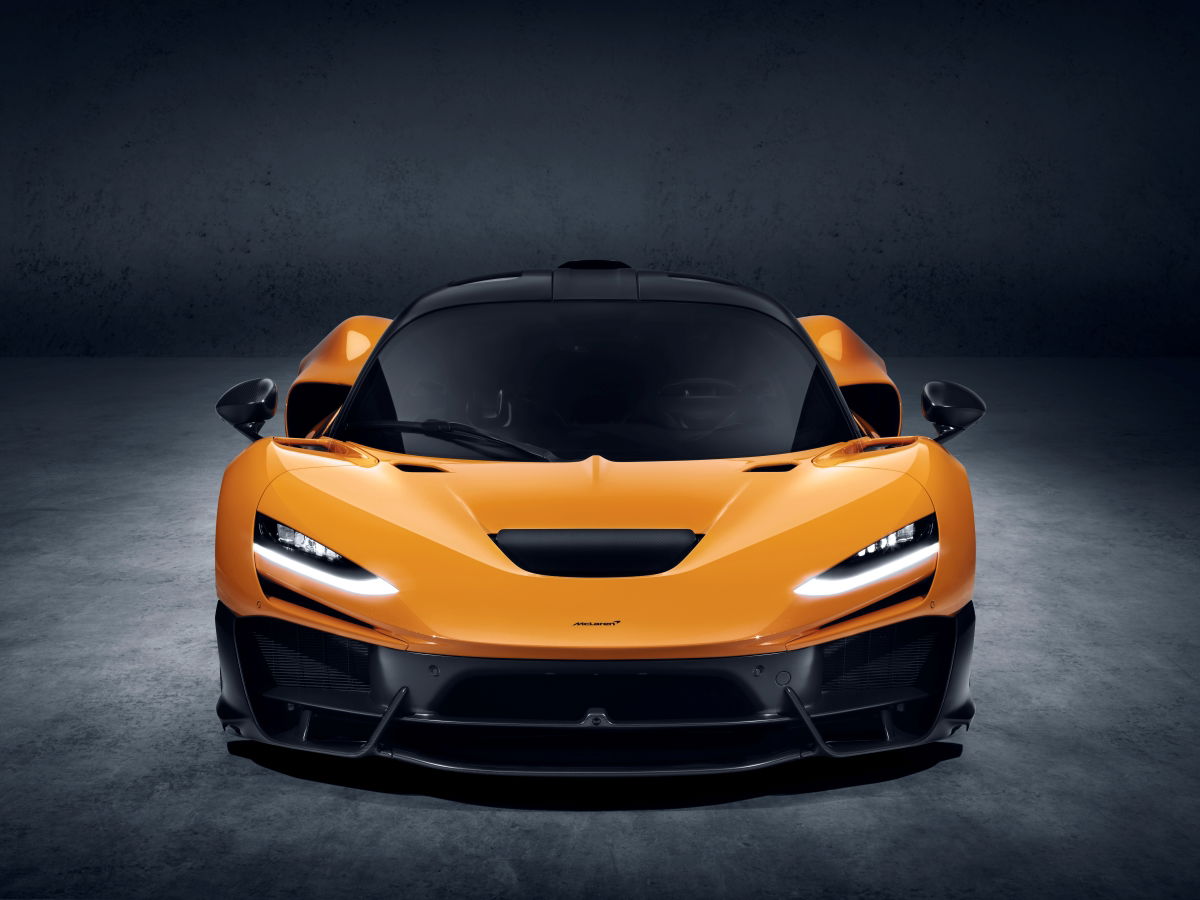As modern hypercars push the limits of performance they also push the limits of engineering.
The new McLaren W1 made its Australian debut last week, or at least a 1:1 scale model of the car did, and W1 Product Manager Heather Fitch was on-hand to discuss the development of this technical masterpiece.
The W1 is the British brand’s answer to the Ferrari F80 and GMA T.50, featuring a new carbon fibre central tub, a new 4.0-litre twin-turbo V8 engine and a hybrid powertrain to make a staggering 938kW of power and 1340Nm of torque.
READ MORE: Which is better? McLaren W1 v Ferrari F80

Fitch was in Australia to help the handful of local customers finalise the specification of their cars, but spoke to Torquecafe about the development process of the W1. In particular, the challenge of designing a modern hypercar that must push the limits of performance without requiring the driver to have Oscar Piastri-levels of driving skill.
Fitch explained that she and her team started with a blank sheet design for the W1, but made sure to seek advice from existing McLaren owners, in particular P1 owners, to ensure it wasn’t just a one trick pony.
“Yeah, so I think my answer to that is, we at McLaren design our cars across all of our product range to be used and enjoyed by a variety of different people and customers,” Fitch said.
“I mean, I’m a 5’4” female, I’m quite short, and I can still lift the doors easily and reach the buttons and get inside and get comfortable and drive these cars. And obviously people far taller than me can get comfy in these things too. And, you know, we design the W1 with both left- and right-hand drive variants.”
She went on to explain that one key detail of the W1 is the addition of an electric motor, which not only boosts overall performance but also allows for a limited amount of silent running. But the design team also made sure that the W1 can fit soft luggage or two helmets behind the front seats, so it has a level of practicality.
“The most important thing we do, and it kind of comes back to my point about a car that’s great on road and track is we build in this flexibility and breadth ability to suit everyone’s needs in any environment that they happen to be in.
“So you could just be leaving your house and you need to shoot to the airport. You can put your car in EV only mode and silently glide away and not wake anybody up. When you get further down the road, fire up that engine, it all gets a bit interesting and, but you can drive along in comfort where we hold back some of the performance.”

Of course, the W1 had to live up to the legacy of the P1 and F1 that came before it and that means enough racetrack potential to challenge the F80, T.50 and Aston Martin Valhalla, to ensure the wealthy collectors who buy cars like this are convinced it’s worth the $4m asking price.
“We know that customers use any of our cars for different purposes. They could be going to shops, picking up their mum, going to Woolies, they might just be off the track and they’re putting helmets in the back of the car. Or as I find when I speak to customers, they’re on these long road trips with their friends and we design it to suit all of those use cases. We have many meetings in the office where we talk about and we understand ‘how do people use their cars? How do they use their McLarens? How are they going to use the W1?
“And we go through that process to make sure that all of those ways you can use that car. You can fit it into your life. We design the car so it fits into your life. And that for us is a really important part of the design process in any McLaren.”























Discussion about this post